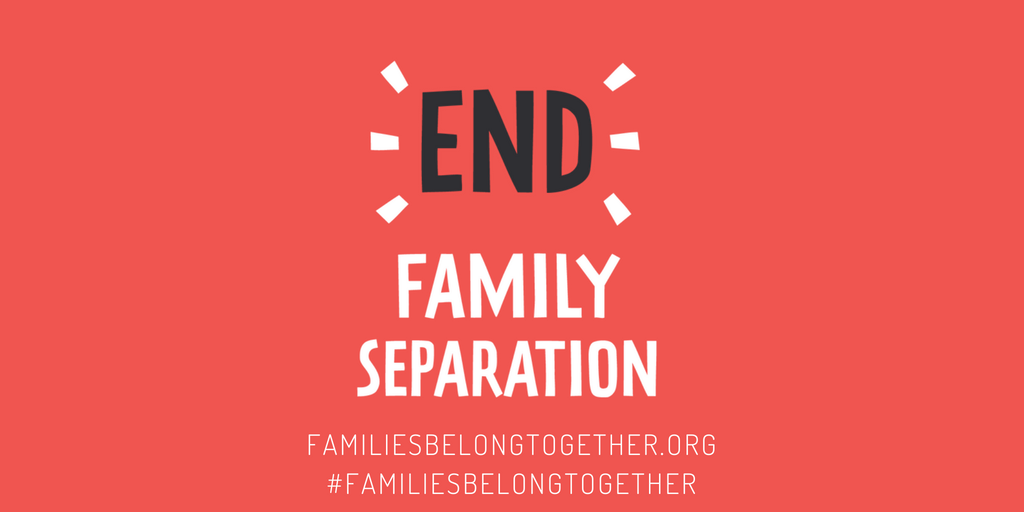
Getty
The summer is about to start and it's difficult not to think about the thousands of missing immigrant separated from their parents at the border by ICE. While our children are safe at home getting ready to go to camp, brave the waves or hours of fun, these almost 1,500 Central American kids are all "lost"–basically not able to be traced–to authorities.
More from MamásLatinas: Camila Cabello's immigration story is all of us
It's a heartbreaking situation for the country, for the Latino community and even more, of course for the families. To be the mother of one of those kids must be excruciating. Maybe more than the reasons that provoked them to leave their country and everything they know.
It's a complex situation and these kids and their families need us. Here is all you need to know to understand what's going on and to help them.
The 1,475 "lost" children arrived at the U.S. border mostly from El Salvador, Honduras and Guatemala.

They were escaping violence in their own countries and mostly came alone in a wave that started in 2014. They were detained at the border, and if the authorities could locate a family member or friend that could obtain temporary custody, they were released.
No one thought about them until this year, when we heard that ICE was separating the kids from their families at the border.

These are new families coming from Latin countries. The so-called missing kids came mostly by themselves.
While congress was investigating the situation of the immigrant children at the border, the news broke.

During a Senate subcommittee in April, a government official confessed that the Office of Refugee Resettlement (ORR), which is responsible for the kids, was "unable to determine with certainty" where 20 percent of the undocumented children given to sponsors were located. This means almost 1,500.
It's not as simple at it seems.
Experts have explained it doesn't necessarily mean that the kids are in harm's way. It's possible that the sponsors are hiding to prevent deportation. Even so, it's still inexplicable. How can the American government not know where they are?
The situation has gotten worse for migrant Latino kids.

According to The New York Times, more than 700 children have been separated from their parents since October 2017, and of those, at least 100 were 4 years old or younger.
The goal is to stop the separation of families.
And there are things you can do.
Let's start by reminding people why immigrants are here in the U.S.
It's hard to explain to a person who has never been forced to leave their country why people come to the United States.
Ask them what they would do if they thought that their kids had no future, if they were constantly at risk–real bodily harm risk. Would they stay in that place?
Your elected officials can help.

You can contact your senators, representative, state governors, state legislators, your mayor, county executives and other elected or government officials. Here is how you can find them and reach out.
You can donate to the organizations fighting the separations of families.

The ActBlue page has a list of groups helping families who are coming to the country, like Kids in Need of Defense (KIND), that helps the children coming by themselves.
You can also join the movement to keep the families together.

There are mobilizations and you can often find the group closest to you here. On social media you can use the hastags #FamiliesBelongTogether and #wherearethechildren.




